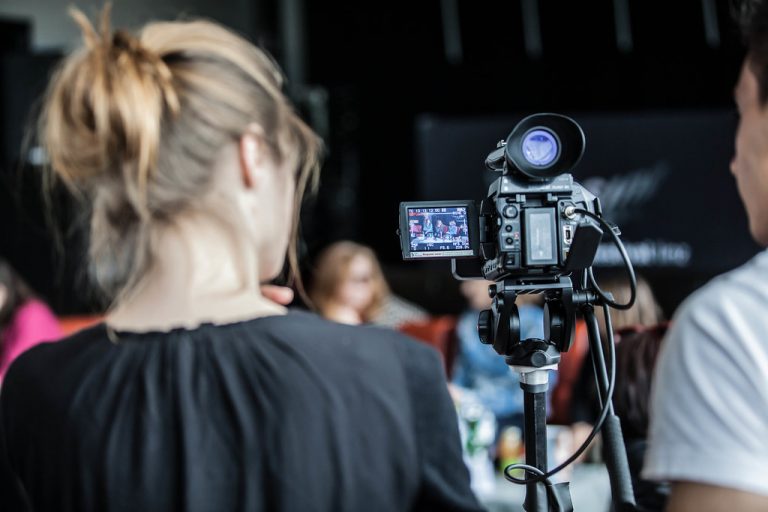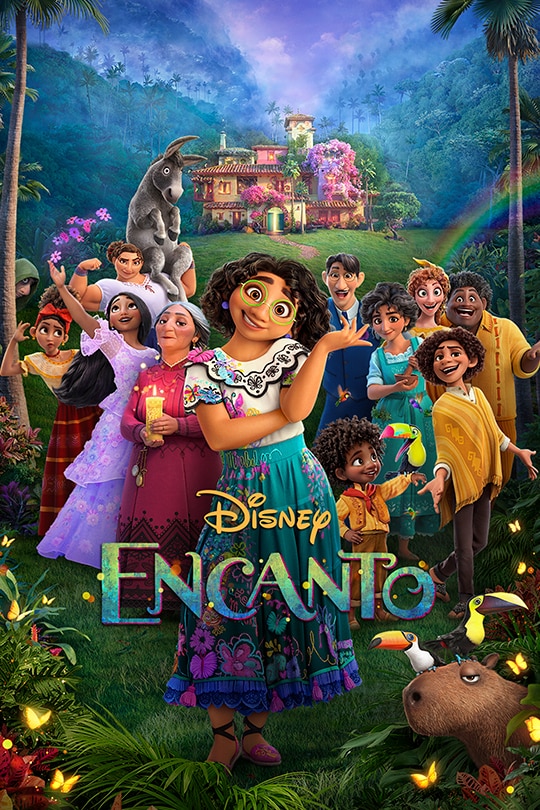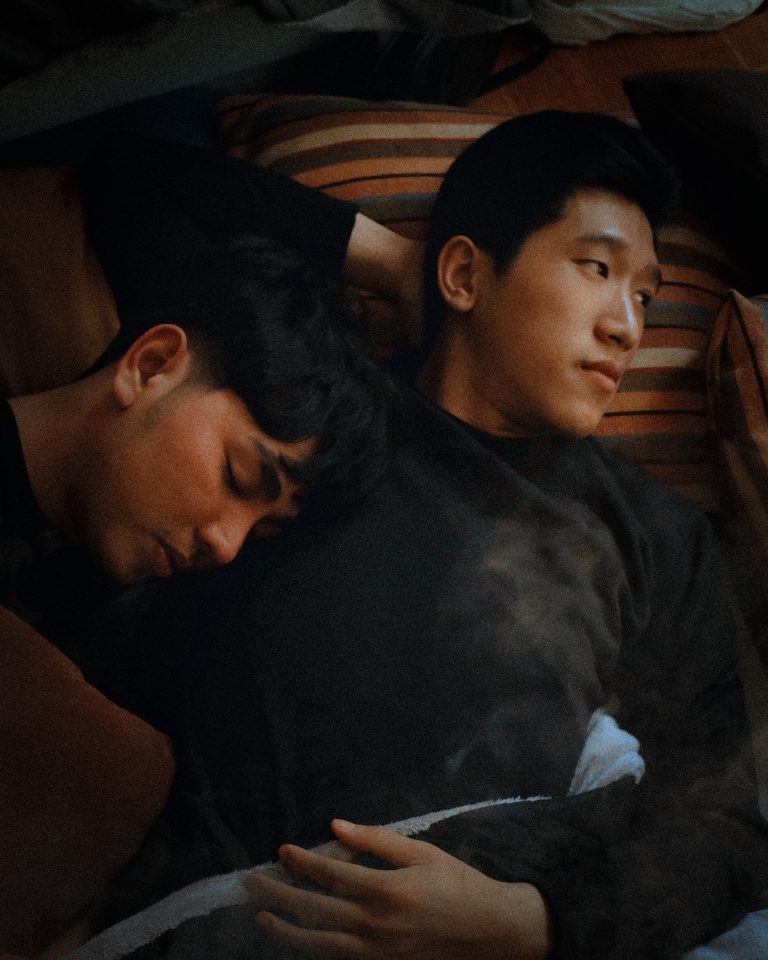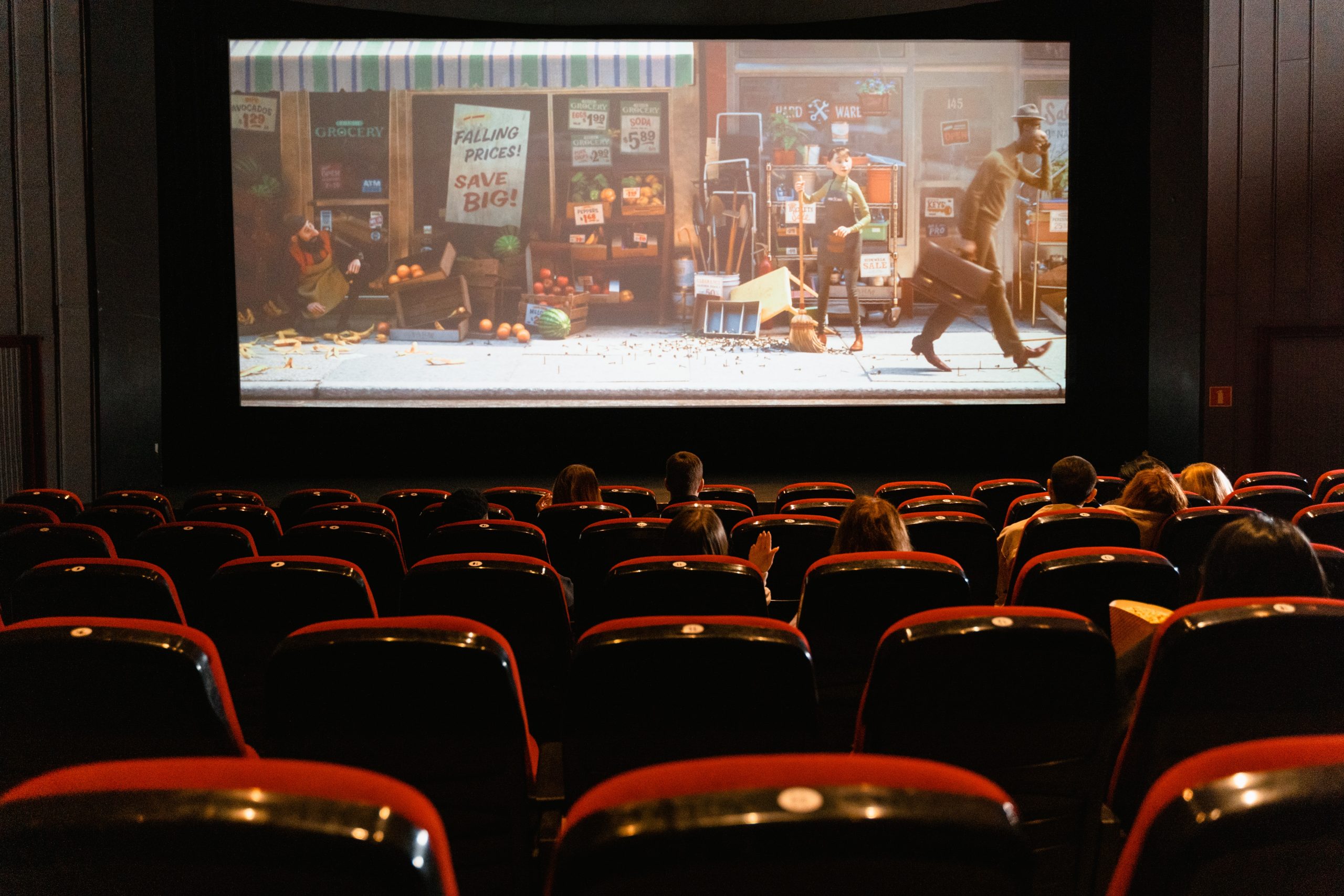Why are Award Shows not Inclusive?
As award show season comes to a close, we have seen the disappointing outcomes like other years, with awards across the board always going to the same group of people. So, why do award shows struggle so much with diversity and inclusivity? The answer comes from the fact that discrimination is so pervasive that it it became institutional and engrained in the film and television industry since the first forms of entertainment. Award shows are just another expansion of this and showcase how slow progress can be when the odds are stacked against underrepresented communities.
Let’s take a step back in time and analyze the historical context of why award shows lack such diversity and inclusivity. America has always been a melting pot of various cultures but racism, sexism, homophobia, and a lot more “-isms” have always been a stain on United States’ history. One of the industries that is particularly affected by this is the film and television industry aka Hollywood. As much as we want to believe that Hollywood has come a long way in regards to diversity of cast, crew, ideas, etc., it is slow progress stunted by the effects of blatant oppressive history.
One of the earliest forms of entertainment on screen was one of the most racist: minstrel shows. Minstrel shows were a popular form of entertainment through the early 20th century whose main feature was the use of blackface and stereotypes to mock Black Americans according to the National Museum of African American History and Culture. This was also the case for Asians, and the term “yellow-face” was coined after blackface. The performers were almost exclusively white and used minstrelsy to demean people of color, especially Black people, and establish the superiority of whiteness in America. While minstrelsy vanished after some time, it was one of the foundations for how the film and television industry was going to portray underrepresented groups, as a caricature.
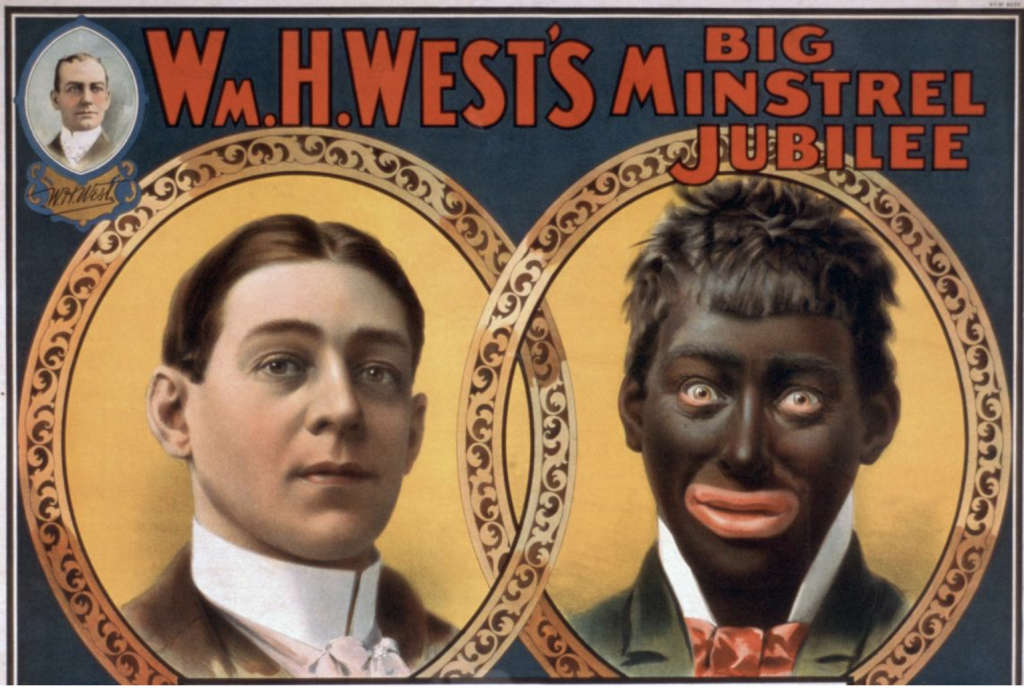
The film and television industry are dominated by straight, white men and therefore, they control the narrative presented on screen. In other words, according “mainstream media’s tendency toward homogeneity, structural stability, and binary representations of ‘Otherness’ is a result of implicit and explicit racial and gender biases by those in control of the production of popular images and narratives” (Molina-Guzmán). If straight, white men are the power players in Hollywood and with a history of racism, of course the odds are against anyone who does not fit that mold.
On top of that, people who are able to break into the film and television industry typically get casted for stereotypes. Many actors get type-casted into the same roles over and over again. One actor that came to mind was Michael Peña, a Mexican-American actor whose many successful appearances came when he played the stereotype of a gangster that is typically associated with the Latinx community as a racist stereotype (IMDB.com). Less opportunities arrive for actors who do not want to play characters that demonstrate an inaccurate stereotype.
So, what does this all have to do with award show diversity? When you look at the historical context of how the entertainment industry was built, it is no surprise that the Hollywood executives, studio heads for major and mid-studios, wield a lot of social power with organizations like the Academy Awards or the Hollywood Foreign Press Association. They are a direct line of influence and some of them are even board members for the organizations. According to UCLA’s “Hollywood Diversity Report 2020”, white men continued to dominate the executive positions in the film industry.
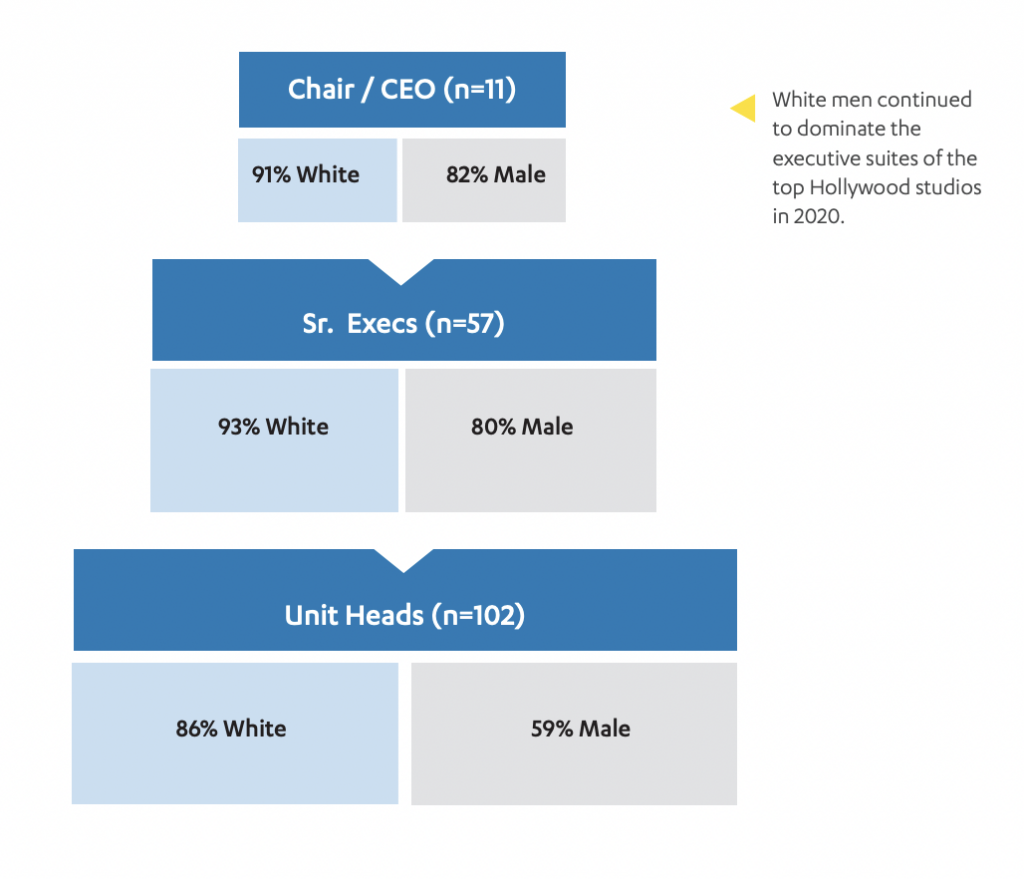
The information presented in the past three articles in this series just scratch the surface on how racism, homophobia, sexism, etc permeate every facet of this industry. While the demographics of those who are nominated and showcased in the award shows is important, knowing how these decisions came to be in the first place. It starts from the top, with executives and studio heads, down to the cast and crew. The importance of looking at the past helps us understand the circumstances of the present and the future. Award shows are a product of the film and television industry and with that comes the legacies of discrimination.
Sources:
“Blackface: The Birth of an American Stereotype.” National Museum of African American History and Culture, 22 Nov. 2017, https://nmaahc.si.edu/blog-post/blackface-birth-american-stereotype
Hunt, Darnell, and Ana-Christina Ramón. “UCLA Hollywood Diversity Report 2020.” Social Sciences, 22 Oct. 2020, socialsciences.ucla.edu/hollywood-diversity-report-2020/
“Michael Peña.” IMDb, IMDb.com, https://www.imdb.com/name/nm0671567/
Molina-Guzmán, Isabel. “#Oscarssowhite: How Stuart Hall Explains Why Nothing Changes in Hollywood and Everything Is Changing.” Critical Studies in Media Communication, vol. 33, no. 5, 2016, pp. 438–454., https://doi.org/10.1080/15295036.2016.1227864

